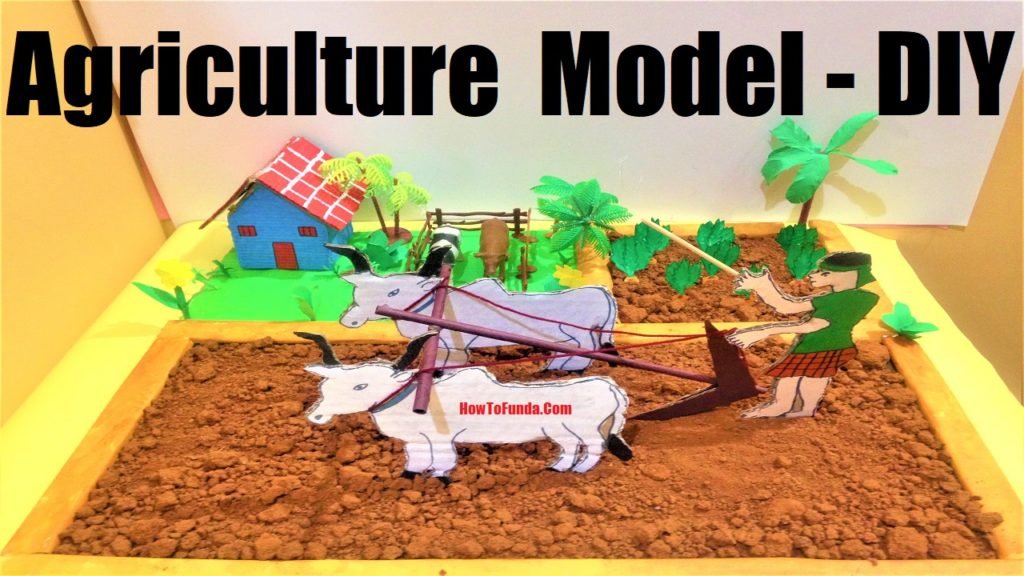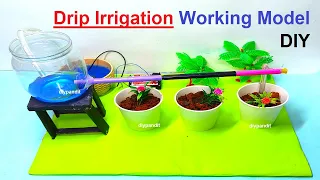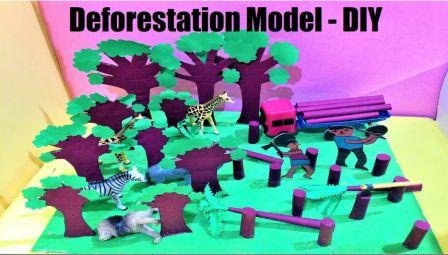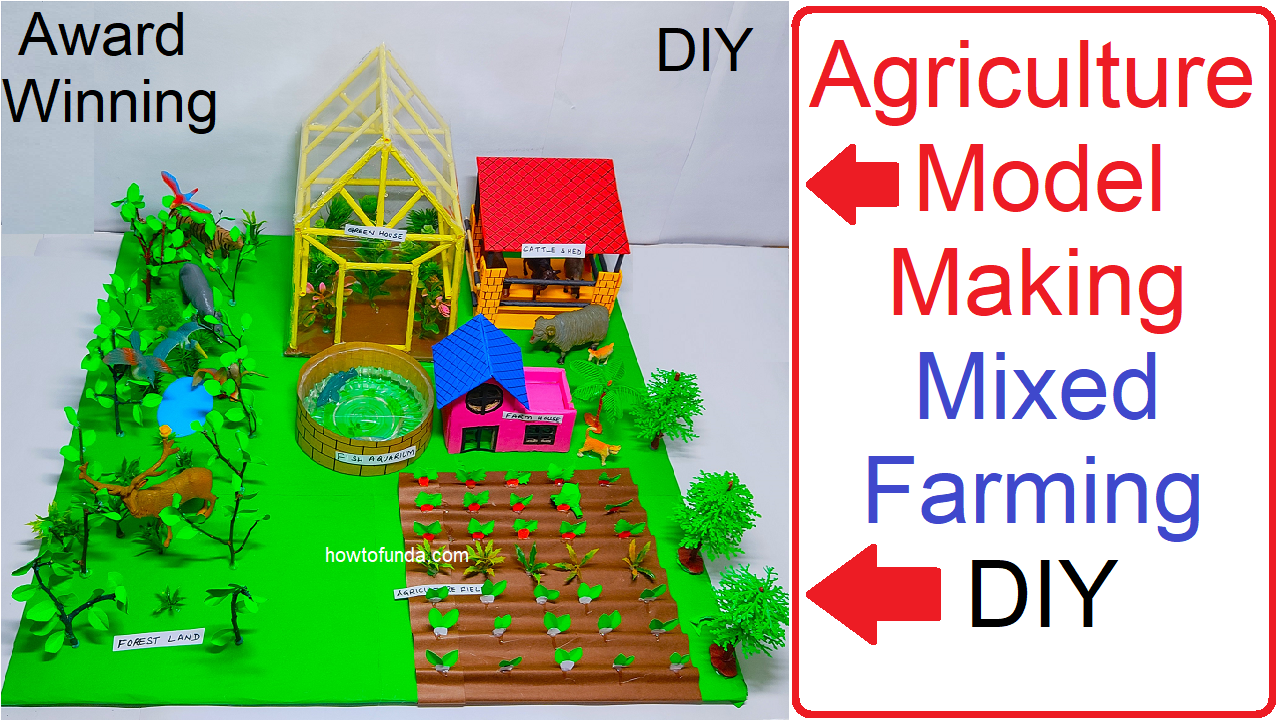1. Introduction

Agriculture is the practice of cultivating plants, rearing animals, and producing food, fiber, and other essential products for human life.
It is the backbone of human civilization and plays a vital role in the economic and social development of a country.
About 70% of India’s rural population depends directly or indirectly on agriculture for their livelihood.
Agriculture is not only a source of food but also raw material for industries, employment generation, and export earnings.
It is deeply linked with science and technology, as modern farming involves biology, chemistry, environmental science, and engineering.
2. Importance of Agriculture
- Provides food for survival.
- Source of raw materials for industries (cotton, jute, sugarcane, etc.).
- Contributes to national income and GDP.
- Provides employment to millions.
- Ensures food security and reduces poverty.
- Plays a role in cultural and traditional practices.
3. Historical Background of Agriculture
- Agriculture began nearly 10,000 years ago during the Neolithic period.
- Early humans shifted from a nomadic lifestyle of hunting and gathering to settled farming communities.
- The Indus Valley Civilization in India was among the first to practice organized farming with irrigation systems.
- The Green Revolution in the 1960s introduced high-yielding varieties of seeds, fertilizers, and modern irrigation, which transformed agriculture in India and increased food production.
4. Types of Agriculture

- Subsistence Farming – Farmers grow crops mainly for their own consumption.
- Commercial Farming – Large-scale farming aimed at profit and market supply.
- Shifting Cultivation – Practiced in tribal areas where land is cleared, cultivated, and then abandoned.
- Plantation Agriculture – Single crops like tea, coffee, and rubber are grown on large estates.
- Mixed Farming – Combination of crop cultivation and animal husbandry.
- Organic Farming – Avoids chemicals, uses natural fertilizers and eco-friendly methods.
5. Soil and Crops Relationship
Soil quality directly affects crop productivity.
- Alluvial Soil – Suitable for wheat, rice, sugarcane.
- Black Soil – Ideal for cotton.
- Red Soil – Good for groundnut, pulses.
- Laterite Soil – Suitable for tea, coffee.
- Desert Soil – Can be used with irrigation for millets.
Soil fertility is improved by adding manures, fertilizers, and practicing crop rotation.
6. Agricultural Practices

Agriculture involves several steps:
- Preparation of Soil – Ploughing, leveling, and manuring.
- Sowing of Seeds – Use of quality seeds.
- Irrigation – Supplying water through canals, wells, or sprinklers.
- Manuring and Fertilization – Adding nutrients to soil.
- Weeding – Removing unwanted plants.
- Protection from Pests – Use of pesticides, insecticides, and biological control.
- Harvesting – Cutting and collecting mature crops.
- Storage – Safe storage to prevent damage by insects and moisture.
7. Irrigation Methods

- Traditional Methods: Moat, chain pump, dhekli.
- Modern Methods:
- Drip Irrigation (water directly to plant roots).
- Sprinkler Irrigation (like artificial rain).
- Canal Irrigation.
- Tube wells and bore wells.
Efficient irrigation ensures water conservation and better crop yield.
8. Role of Fertilizers and Manures
- Manures (organic): Improve soil fertility naturally.
- Fertilizers (chemical): Provide specific nutrients like nitrogen, phosphorus, and potassium.
Excessive use of chemical fertilizers can cause soil degradation and pollution. Balanced use is essential.
9. Modern Agricultural Techniques

- Mechanization: Tractors, harvesters, threshers.
- High-Yielding Variety (HYV) seeds.
- Use of genetically modified (GM) crops.
- Hydroponics and Aeroponics.
- Use of drones for spraying fertilizers/pesticides.
- Precision farming with sensors and satellite data.
10. Role of Biotechnology in Agriculture
- Development of pest-resistant and drought-resistant crops.
- Genetic modification for higher yield.
- Production of bio-fertilizers and bio-pesticides.
- Tissue culture for growing disease-free plants.
11. Problems in Agriculture
- Dependence on monsoons.
- Fragmented land holdings.
- Low productivity compared to developed nations.
- Soil erosion and declining fertility.
- Excessive use of chemicals leading to health hazards.
- Farmer debts and economic issues.
12. Impact of Agriculture on Environment

- Deforestation for farmland reduces biodiversity.
- Overuse of pesticides pollutes soil and water.
- Methane emissions from paddy fields and livestock contribute to global warming.
- Groundwater depletion due to excessive irrigation.
13. Sustainable Agriculture

Sustainable agriculture aims to meet present needs without harming future generations.
- Organic farming.
- Integrated pest management.
- Agroforestry.
- Rainwater harvesting.
- Crop rotation and mixed cropping.
- Minimum tillage and soil conservation practices.
14. Government Schemes and Policies in India
- Pradhan Mantri Fasal Bima Yojana (PMFBY) – Crop insurance.
- Soil Health Card Scheme – To check soil quality.
- Pradhan Mantri Krishi Sinchai Yojana (PMKSY) – Irrigation.
- National Mission for Sustainable Agriculture.
- Minimum Support Price (MSP) to protect farmers’ income.
15. Conclusion
Agriculture is not just an occupation but a way of life for millions in India and worldwide. It is the foundation of food security, rural development, and economic growth. However, modern challenges such as climate change, soil degradation, and water scarcity demand that we adopt sustainable and scientific farming practices.
This project helped me understand the scientific, environmental, and social aspects of agriculture. The future of agriculture lies in innovation, eco-friendly technologies, and efficient resource management.
16. Bibliography
- NCERT Science Textbook – Class 9 & 10
- NCERT Biology Textbook – Class 11 & 12
- Internet sources: FAO.org, ICAR (Indian Council of Agricultural Research), Krishi Jagran articles
- “Fundamentals of Agriculture” by Arun Katyayan

